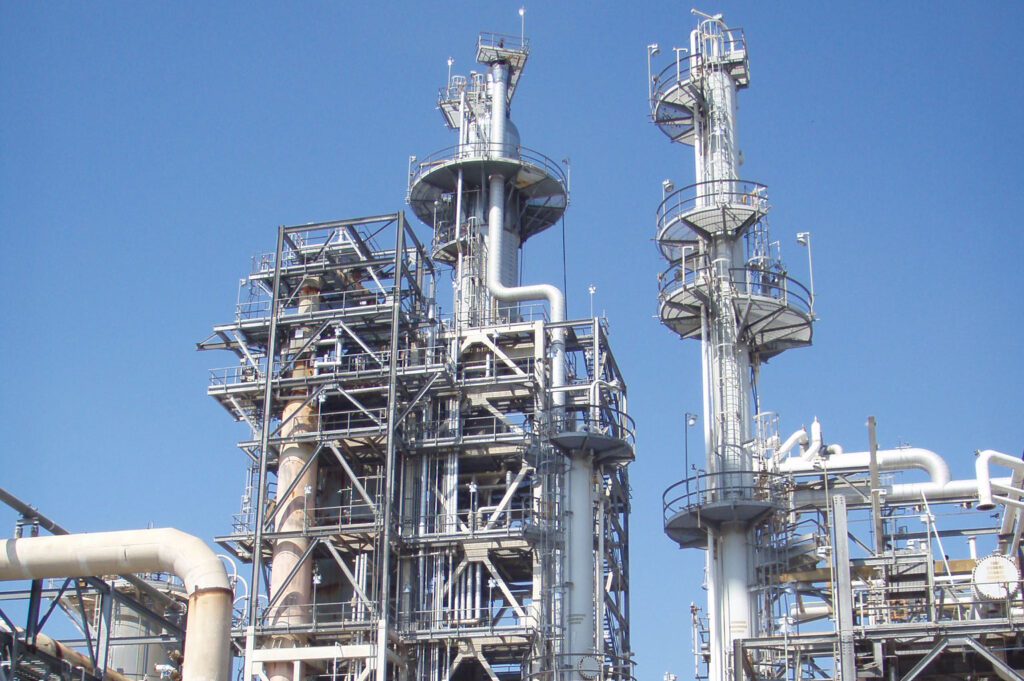
The heavy oil cracking catalyst market is garnering notable interest and investment, driven by the expanding global demand for energy and efforts to optimize the extraction and refinement of heavy crude oil. With energy providers continuously seeking innovative methods to maximize yield, heavy oil cracking catalysts have become essential for increasing efficiency in converting heavier, more viscous crude oils into valuable products like gasoline and diesel.
Understanding the Heavy Oil Cracking Catalyst Market
Heavy oil cracking catalysts play a critical role in the petroleum refining process by enhancing the conversion of heavy feedstocks into lighter, more marketable hydrocarbon products. These catalysts help optimize the process, improve yield, reduce operational costs, and limit the environmental impact associated with refining operations. The adoption of heavy oil cracking catalysts is also being fueled by growing awareness of environmental standards and regulatory frameworks that aim to reduce emissions and increase efficiency.
The global heavy oil cracking catalyst market is poised for steady expansion, projected to grow at a CAGR of 4.3% from 2022 to 2032, reaching an estimated valuation of USD 3.93 billion by the end of the forecast period. This growth is primarily driven by the increasing need for efficient heavy crude oil processing as global demand for refined products like gasoline and diesel rises, especially in emerging economies. Technological advancements in catalysis, along with a heightened focus on eco-friendly and hybrid catalysts, are enabling more sustainable and cost-effective refining solutions, while strict environmental regulations are further accelerating the adoption of advanced catalyst technologies across the sector.
Market Growth Drivers
Several key factors are propelling growth in the heavy oil cracking catalyst market:
- Rising Demand for Refined Petroleum Products: The global demand for refined products, including gasoline, diesel, and jet fuel, continues to rise, particularly in emerging economies.
- Increasing Complexity of Crude Oil Sources: With lighter crude supplies dwindling, refineries are increasingly turning to heavier, more challenging crudes, making catalysts indispensable for efficient conversion.
- Technological Advancements in Catalysis: Innovations in catalyst design and performance optimization have enhanced the conversion efficiency, extending catalyst life, and improving cost-effectiveness for refineries.
- Environmental and Regulatory Pressures: Stringent environmental standards demand cleaner and more efficient processing of heavy oils, positioning cracking catalysts as essential tools for compliance and operational sustainability.
Trends and Opportunities in the Heavy Oil Cracking Catalyst Market
The heavy oil cracking catalyst market is witnessing several trends and opportunities:
- Shift Toward Eco-friendly Catalysts: There is a growing emphasis on developing catalysts with reduced toxic emissions and lower environmental footprints, aligning with global green energy initiatives.
- Emergence of Hybrid Catalysts: Hybrid catalysts that combine various catalytic materials are gaining traction due to their superior performance and adaptability to complex feedstocks.
- Expansion in Asia-Pacific: The Asia-Pacific region, particularly China and India, is experiencing significant growth in refining capacity and is anticipated to be a lucrative market for heavy oil cracking catalysts due to rising energy demand.
- Research and Development Investments: Major players are increasing R&D investments to enhance catalyst efficiency and adapt to the unique needs of heavy oil refining, opening new avenues for market expansion.
Key Takeaways from the Heavy Oil Cracking Catalyst Market
- Growing Need for Efficient Heavy Oil Processing: As heavy oil remains a vital part of the global energy mix, the demand for cracking catalysts will continue to rise to optimize refining processes.
- Environmental Compliance is Key: Strict environmental regulations are pushing refineries to adopt advanced catalysts that help lower emissions and improve overall efficiency.
- Asia-Pacific Leads Market Growth: The region’s rapid industrialization and demand for refined petroleum products are driving high growth in the heavy oil cracking catalyst market.
- Technological Innovation as a Market Driver: Ongoing advancements in catalyst technologies, including hybrid and eco-friendly options, are opening new market opportunities and are expected to define the competitive landscape.
Key Companies Profiled in the Heavy Oil Cracking Catalyst Market
- Haldor Topsoe
- China National Petrochemical Company
- Axens
- Johnson Matthey
- CRI Catalyst Company
- Süd-Chemie
- Albemarle Corporation
- Grace Davison, Inc.
- BASF SE
- ExxonMobil Chemical
About Future Market Insights (FMI)
Future Market Insights, Inc. (ESOMAR certified, recipient of the Stevie Award, and a member of the Greater New York Chamber of Commerce) offers profound insights into the driving factors that are boosting demand in the market. FMI stands as the leading global provider of market intelligence, advisory services, consulting, and events for the Packaging, Food and Beverage, Consumer Technology, Healthcare, Industrial, and Chemicals markets. With a vast team of over 400 analysts worldwide, FMI provides global, regional, and local expertise on diverse domains and industry trends across more than 110 countries. Join us as we commemorate 10 years of delivering trusted market insights. Reflecting on a decade of achievements, we continue to lead with integrity, innovation, and expertise.
Contact Us:
Future Market Insights Inc.
Christiana Corporate, 200 Continental Drive,
Suite 401, Newark, Delaware – 19713, USA
T: +1-347-918-3531
For Sales Enquiries: sales@futuremarketinsights.com
Website: https://www.futuremarketinsights.com
LinkedIn| Twitter| Blogs | YouTube
